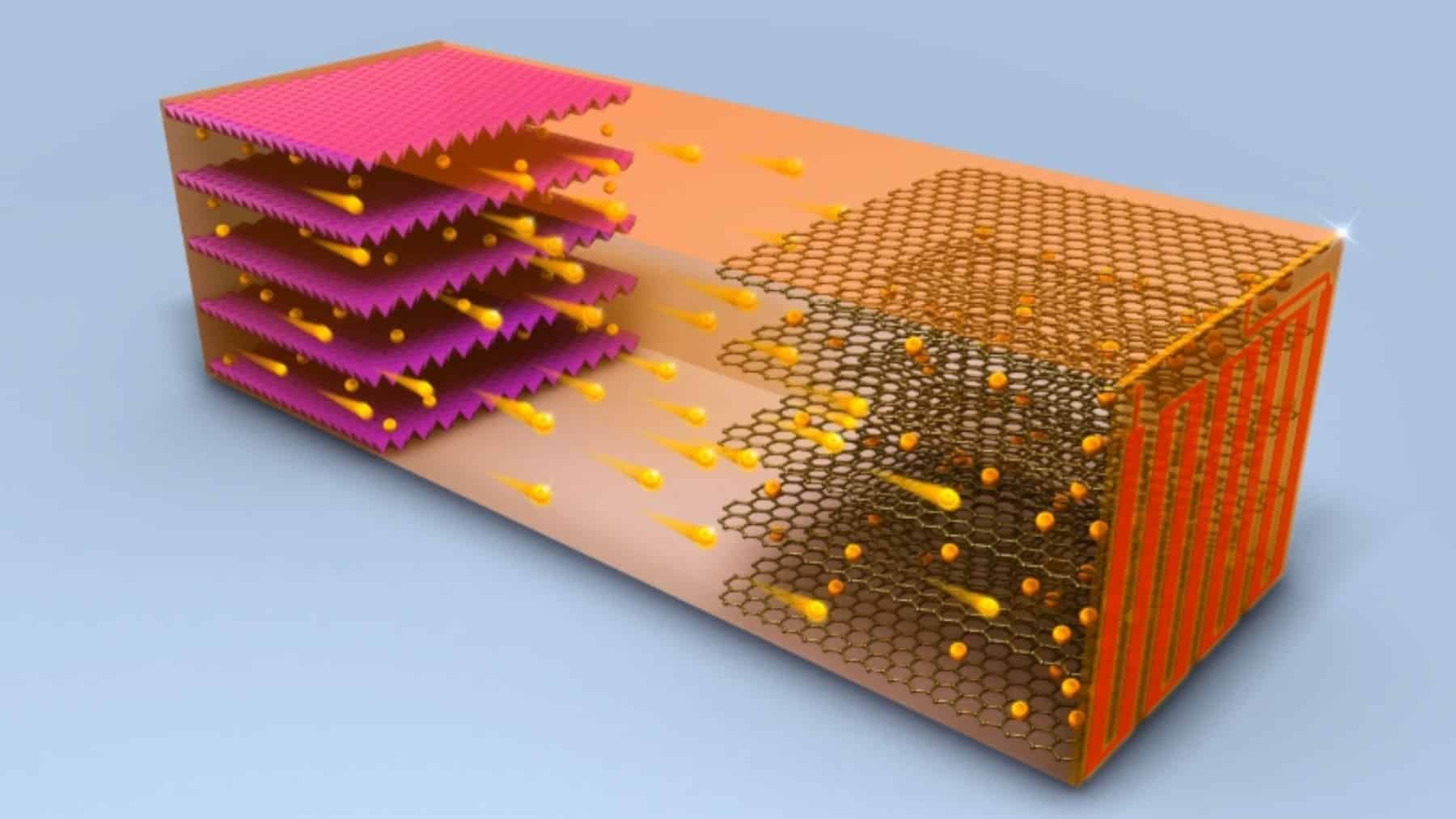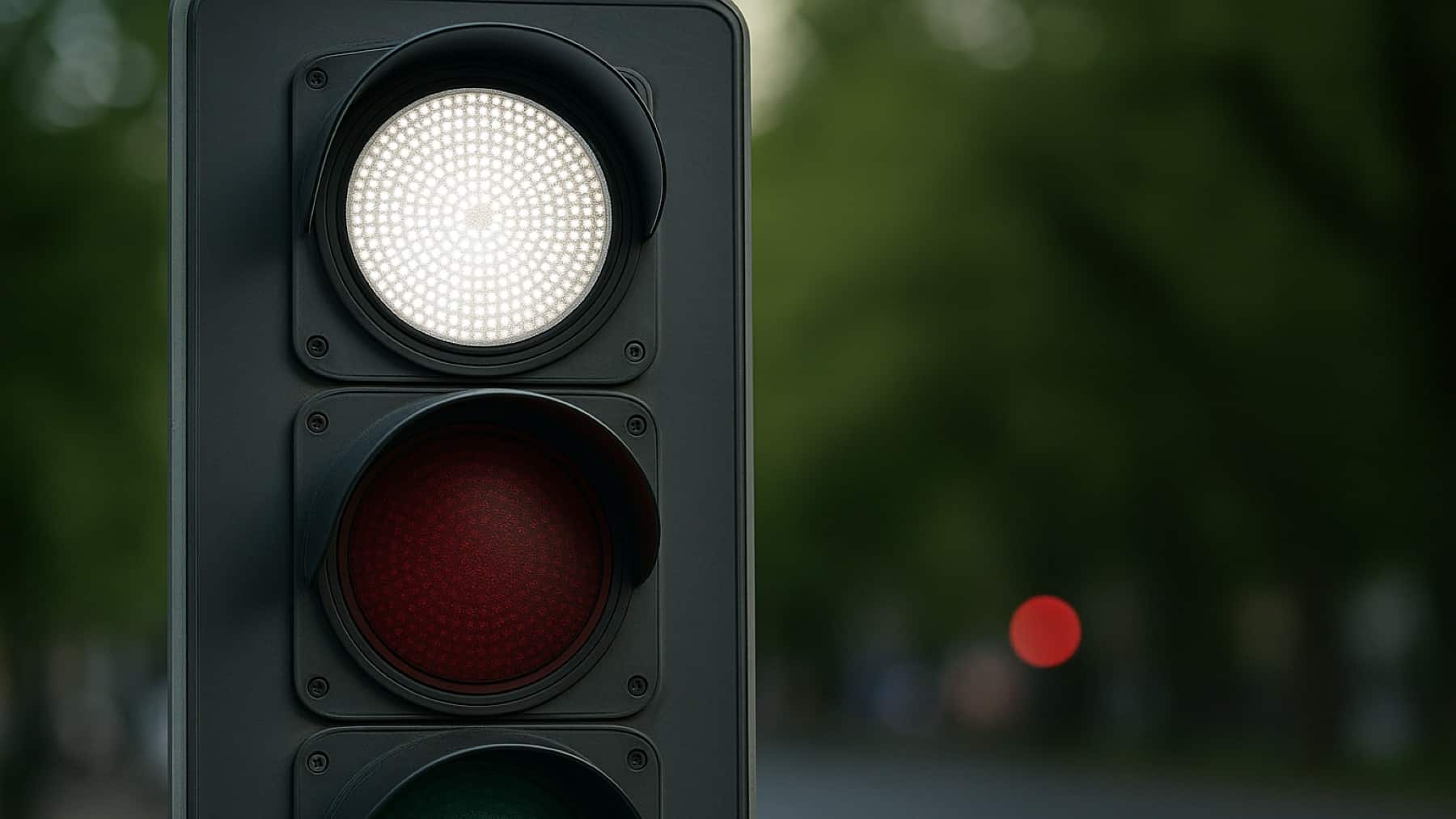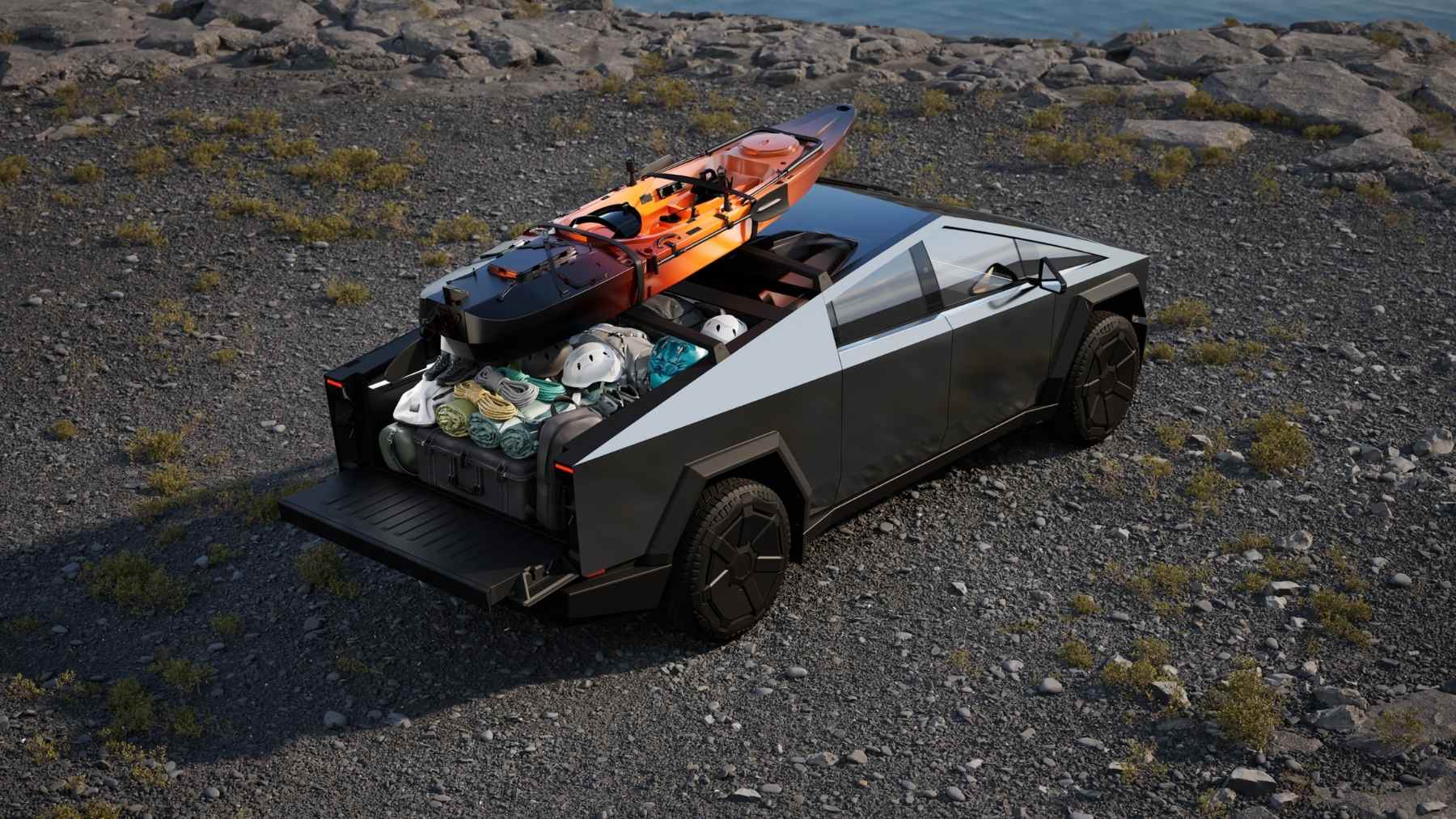South Korea plans to put forward suggestions of what electric vehicles (EVs) are capable of, and South Korea’s latest engine testing could signify the end of EVs as we know them. A breakthrough has been made in terms of battery technology. Researchers at the Pohang University of Science & Technology (POSTECH) have found that vehicles could achieve a range of over 3,000 miles on a single charge without making use of the traditionally relied upon hydrogen or lithium-ion systems that the EV industry has become accustomed to.
Silicon anodes for the win
While South Korea has shifted the focus from lithium, lithium has not been completely ruled out of the equation. Researchers have suggested the use of silicon anodes to transform and enhance the chemistry of the traditional lithium-ion battery. The researchers considered the silicon anode but also put forward proposals to address the core challenge commonly associated with the use of silicon-anode-based batteries. In working on this transformation, Korean scientists are testing what it is that electric vehicles can achieve and are redefining the road to a successful EV industry.
What scientists uncovered was that the way EV batteries store energy was the root of the problem. Initially, the battery’s power capacity relied on its anode. Graphite anodes have been used in most EVs to date. While the graphite anode is relatively stable, a silicon anode has the power to store about 10 times more energy than graphite.
While silicon anodes can be put forward as a favorable solution, the fact that silicon expands when transformed poses another problem. The expansion of silicon could result in cracked electrodes and a reduced battery life. Plus, it may lead to safety concerns in the process.
Thankfully to researchers at POSTECH, this problem has been overcome. The research team, led by professors Soojin Park and Youn Soo Kim, alongside Sogang University’s Jaegeon Ryu, has created a binder material that works to enable silicon to expand and contract safely while reducing damage during changing cycles. The new battery is able to keep the lithium-ion chemistry; however, it can also store much more energy.
What does this improved lithium-ion battery mean for EVs?
The EV range could severely increase whilst still holding onto lithium. The battery created uses a mix of lithium ions to allow for energy transfer, whilst the silicon anode improves the capacity and safety in the process. The new battery can be thought of as a hybrid between traditional lithium-ion batteries and solid-state innovation, ensuring scalability and performance.
Unlike other clean energy contenders such as hydrogen, which struggle with cost, infrastructure, and efficiency, this battery seems like a much more lucrative option. The research indicates that the next generation of lithium-silicon batteries can be produced whilst using existing EV infrastructure, ensuring that they are easier and better to scale globally. The good news is that this Korean battery has been integrated into real-world tests already.
Adding on 3,000 miles to the EV battery
With this battery being tested, the EV battery will have a 3,000-mile potential. Making EVs more desirable in comparison to EVs that ran at the previous EV range. The Korean innovation means that the EV battery energy density will be increasing, whilst the need for constant charging decreases.
Such ultra-high-capacity batteries will not only be desirable in the EV sector but also for renewable energy storage. Green grids will become more reliable, all because of such innovations from Korea that showcase that researchers are in search of more practical solutions, enhancing what is already there and not rewriting everything from scratch.
The future of EVs
The future of EVs can be marked by refined lithium-ion battery systems. The newer silicon-enhanced, lithium-enhanced batteries do pose a challenge to the entire concept of the EV, but they also mark the start of an evolving EV industry. With other EV dreams being scaled back, South Korea’s EV research offers some hope for the future of EVs.
Disclaimer: Our coverage of events affecting companies is purely informative and descriptive. Under no circumstances does it seek to promote an opinion or create a trend, nor can it be taken as investment advice or a recommendation of any kind.















